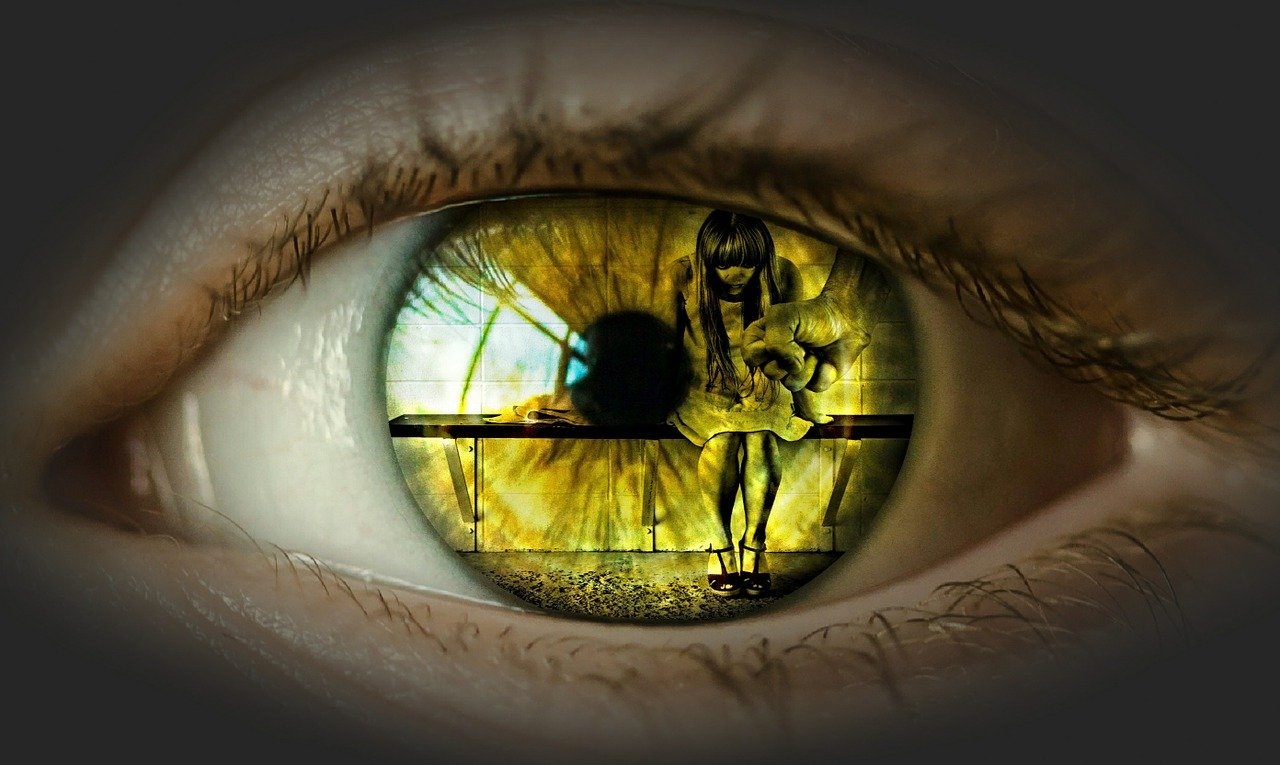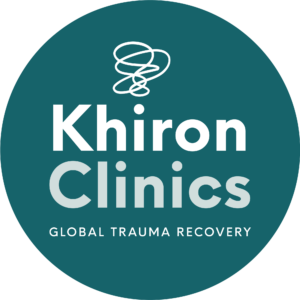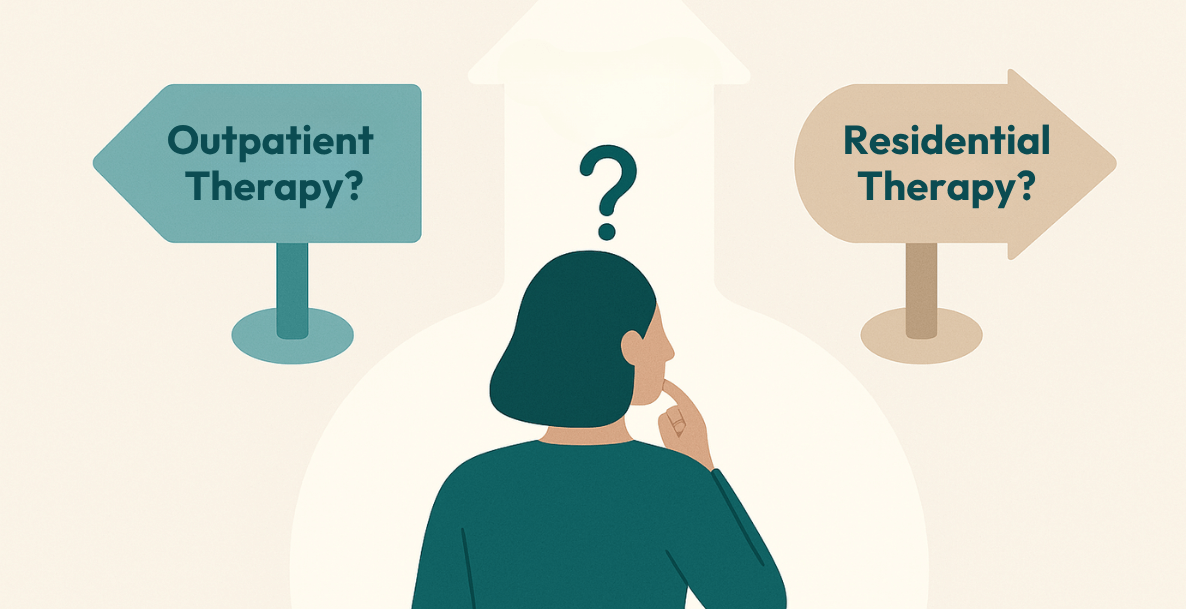Helplessness is a belief or feeling there is no action one can take to improve their situation. As animals, we enter a state of helplessness in our threat response when the threat we face is too fast or too strong to fight or flee from. We respond by entering a state of freeze, or paralysis of the nervous system, until the danger passes. Humans in particular can enter this state of freeze not only physically, but psychologically, in the form of dissociation[1], by which one’s awareness leaves the present moment and finds some other place to reside.
This further reduces one’s chance at escaping or avoiding their circumstances, as a decreased awareness of the present moment reduces one’s ability to see new opportunities, through which a change of circumstances may be possible.
Helplessness as a Learned Belief
Helplessness is most often a learned belief. It tends to manifest itself as low self-esteem, lack of motivation, and the belief that one is inadequate and prone to failure, unable to overcome their present circumstances.
Helplessness is a trait most common in those with adverse childhood experiences, like neglect, violence, or other forms of abuse[2], or those that have experienced abuse or other traumatic events in adulthood. This is not to say that a person with a history of such experiences is certain to be subject to helplessness and victimhood, as many survivors of trauma can and do recover and can live a normal life, through regaining their sense of control and self-esteem, often as a result of receiving professional help.
But helplessness is learned and relates to one’s outlook on life and their level of control within it. Repeated periods of stress or trauma can significantly dampen a person’s sense of hope or optimism, and lead a person to resign themselves to their unpleasant circumstances, believing that they have no control over their environment.
In our early years, helplessness can serve a functional purpose. If a parent leads a remarkably busy lifestyle, and as a result does not spend an adequate amount of time with their child, that child may exhibit signs of helplessness as a means of receiving attention from the parent. Children who have experienced sexual abuse or violence may come to understand that, given their size in comparison to that of their abuser, there is nothing they can do to escape their situation, which they intuitively understand as ‘wrong’. Thus, instead of attempting to fight or flee, they surrender or freeze.
Research on Learned Helplessness
Studies on helplessness originated in the 60’s and 70’s in the work of Professor Martin Selligman and his colleagues, who carried out laboratory research on dogs[3]. In their experiments, dogs were elicited electrical shocks in a controlled environment with no means of escape. Dogs that had not previously been shocked were then elicited electrical shock to the same degree, but this time escape was possible. Where escape was possible and no prior shocks had been elicited, this group of dogs took the opportunity to escape. Dogs that had been shocked when no escape was possible did not take the opportunity to escape when that opportunity later became available.
In later studies and research in humans, Seligman found there are three main ‘explanatory styles’ exhibited by people in response to their feelings of helplessness. These are permanence, pervasiveness, and personalisation.
Permanence refers to the perception that one’s unpleasant circumstances are permanent, even though evidence may point towards the fact that they are temporary. Pervasiveness is the generalization that one’s particular circumstances are not specific, but instead relate to their life as a whole. Finally, personalisation refers to the belief that one’s negative circumstances are a result of one’s failures or incompetency.
The Dangers of Helplessness
The belief that one is helpless is a major cause or consequence of psychological health conditions, like depression, anxiety, and post-traumatic stress disorder (PTSD).
Helplessness leads people to believe there is no way to escape or avoid one’s suffering, so they cease trying. This ‘surrender’ or ‘giving up’ can lead to a range of adverse health conditions like those mentioned above, which creates a vicious cycle, as such conditions can further exacerbate one’s belief that they are helpless.
Overcoming Helplessness
In response to the discovery of learned helplessness, it is possible that ‘learned optimism’ is a method of relieving much of the suffering associated with helplessness. Learned helplessness, as mentioned earlier, is a major contributing factor to feelings of depression[4] and anxiety. By increasing one’s sense of optimism, there is a shift away from the perception of helplessness, and a belief that one does in fact have some control over their environment, or at least in their response to it. Such a view would serve to alleviate feelings of depression associated with learned helplessness.
In a therapy setting, clients are given the opportunity to explore their feelings of helplessness and its origins, learn how to reduce or alleviate such feelings, identify associated thoughts and behaviours, work through difficult emotions, and learn the psychological and behavioural tools and skills necessary to overcome their feelings of helplessness, even outside of a therapeutic setting.
Sources:
[1] Schauer, M. and Elbert, T., 2010. Dissociation Following Traumatic Stress. Zeitschrift für Psychologie / Journal of Psychology, [online] 218(2), pp.109-127. Available at: <https://www.researchgate.net/publication/230651567_Dissociation_Following_Traumatic_Stress> [Accessed 17 May 2020].
[2] Nuvvula, S., 2016. Learned helplessness. Contemporary Clinical Dentistry, 7(4), p.426.
[3] Seligman, M., 1973. Learned Helplessness. New York: Psychology Today.
[4] Miller, W. R., Rosellini, R. A., & Seligman, M. E. P. (1977). Depression: Learned helplessness and depression. In J. D. Maser & M. E. P. Seligman (Eds.), A series of books in psychology. Psychopathology: Experimental models (p. 104–130). W H Freeman/Times Books/ Henry Holt & Co.






